Hundreds of berries fall on management
The manager is responsible for the newspaper before the law, paying the staff and the printing house. If the newspaper is sued or prosecuted by the government, the manager will be the one to appear in court. If the newspaper is convicted, the manager will be the one to be fined, even imprisoned. Therefore, on the newspaper, the manager must sign his real name. The newspaper L'Union Indochinoise published an article protesting the military in Indochina, and was sentenced by the Hanoi Penal Court to a fine of 500 quan, the person who received the sentence was Mr. Bui Ngoc Ai, the newspaper's manager. After the case was brought to the Supreme Court, Mr. Ai's sentence was upheld; he could not pay the fine, the newspaper was suspended, and Mr. Ai was detained in prison. This news was reported in Trang An newspaper No. 15, published on April 19, 1935.
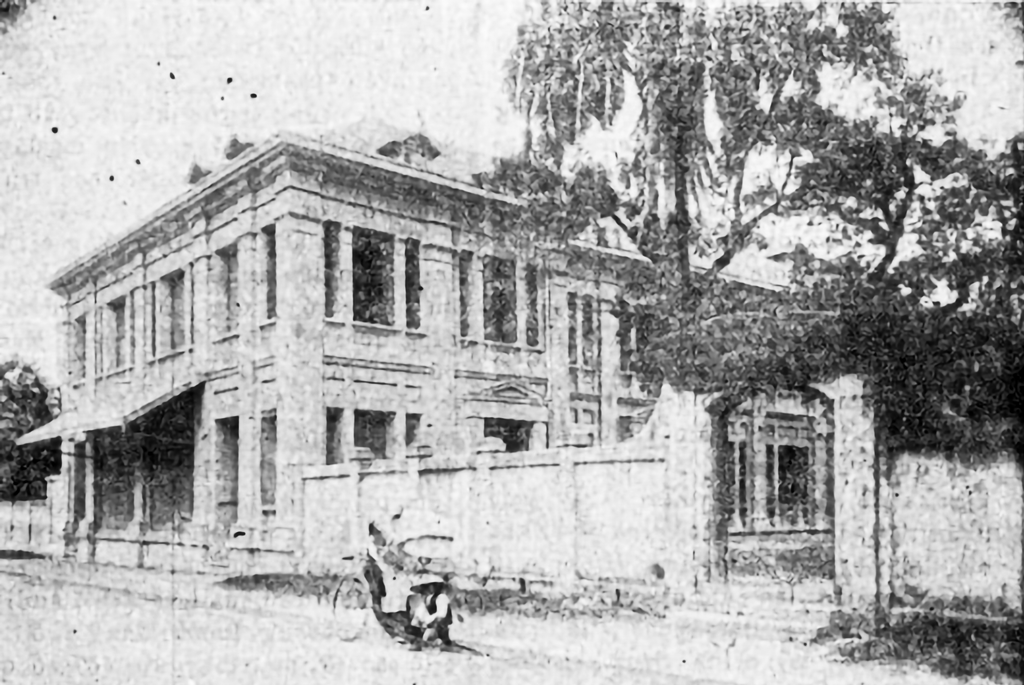
The editorial office of Trung Hoa Daily Newspaper was at 33 Mission Street, now Nha Chung Street, Hanoi.
DOCUMENTS OF DINH BA
In the first national language newspaper Gia Dinh Bao , the word gérant at that time was not translated as manager, but as person who makes the diary. Gia Dinh Bao No. 1, second year, published on January 15, 1866, on page 4 clearly stated "E.Potteaux, Person who makes the diary". With French-language newspapers, the manager must have French nationality, such as La Cloche Fêlée , the manager was Dejean de la Bâtie, who was of mixed French descent.
The editor-in-chief is the person responsible for the articles. Some newspapers list the political director (directeur politique). The front page of the Dan Ba Moi newspaper printed the political director as Bang Duong, Thuy An's husband; the Le Peuple newspaper listed that position as Duong Bach Mai. Some newspapers listed the title of director. Tan Da defended himself in An Nam magazine, issue 11, published on July 1, 1930, that many newspapers listed the titles of director, editor-in-chief, and manager "which is a distraction for the reader". Therefore, from issue 11 onwards, he himself was the "director", translated from the French word directeur, "a person in charge of the work in the newspaper, responsible for the Government above, maintaining order inside, and dealing with readers, sending articles, buying newspapers, and correspondence".
Talking about the role of the editor-in-chief, Pham Cao Cung considers him as a prestigious person in the press, who organizes the newspaper by selecting editors, assistant editors, and assigning work to staff. The editorial secretary is responsible for the newspaper's articles. If there are enough articles, there are pillow articles, the secretary will have less trouble, if there are not enough articles, they have to rotate.
The newspaper has a team of reporters to collect news and write articles, and there are also reporters in the provinces to run the news. Pham Cao Cung was once assigned by Mr. Nghiem Xuan Huyen to be a reporter representing Bac Ky sports in Nam Dinh. Any newspaper with a world news section must translate news sent from French newspapers, or listen to the radio to translate, there will be a "translator". Vu Ngoc Phan used to translate for Thuc Nghiep Dan Bao.
For a newspaper to reach its readers, printing is indispensable. Not many newspapers have their own printing house like Tiếng Dân , but they have to print at an outside printing house. The printing house is jointly responsible for the newspaper. The last page of the newspaper has a section stating which printing house the newspaper was printed at, with the signatures of the newspaper manager and the printing house representative.
The above are the basic components that make up a newspaper, but they are not always enough. In the third issue of An Nam magazine published on October 1, 1932, Tan Da confided that the executive board and editorial office had only two people: himself and secretary Nguyen Trong Hop, who looked after the books, typed articles, and collected money for the newspaper.
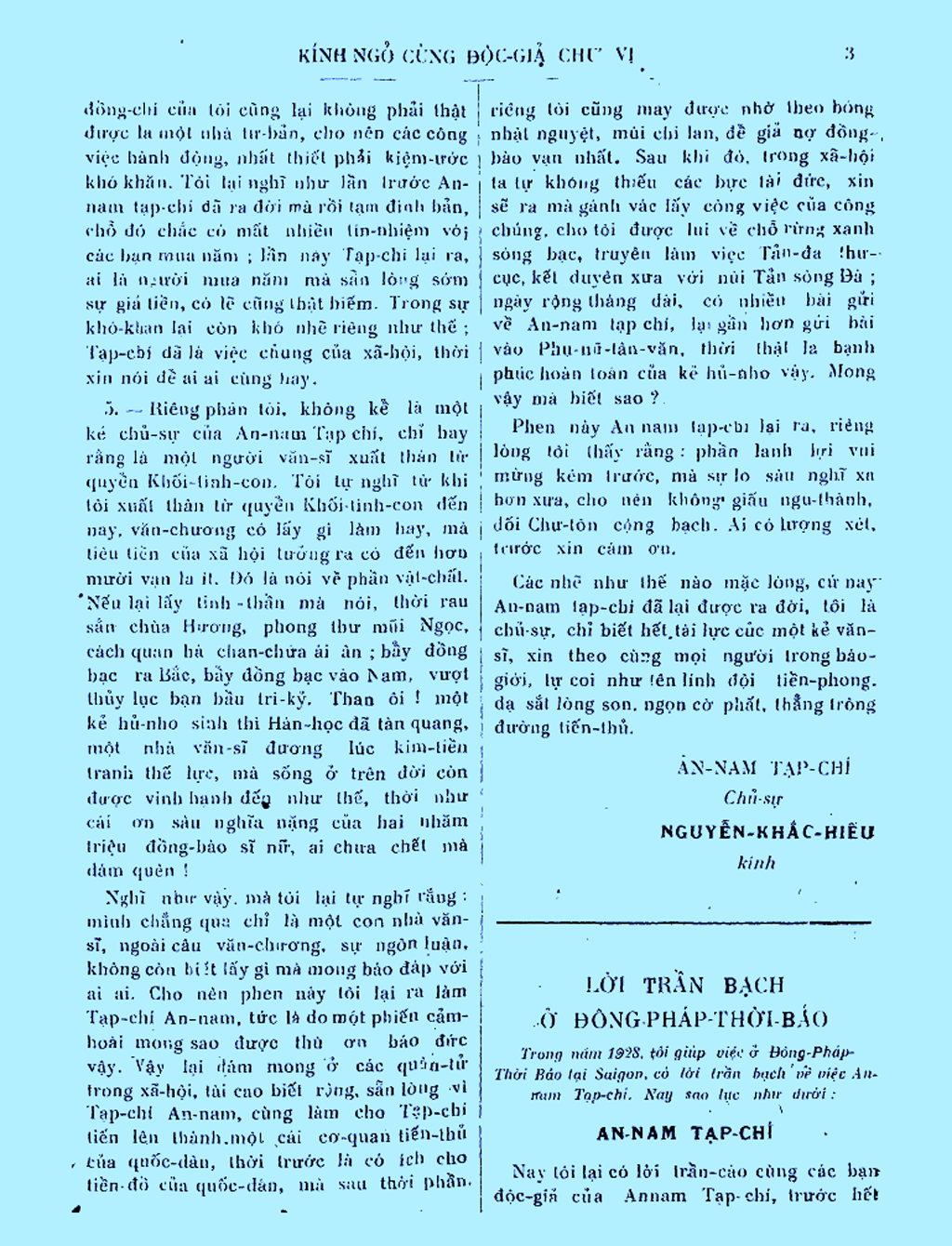
Tan Da Nguyen Khac Hieu took the lead in the article "Respectfully addressed to all readers" in An Nam magazine, issue 11.
DOCUMENTS OF DINH BA
Better than each other in the "facade"
In the time when newspapers had to make a living from meal to meal because most of them had to be self-reliant, the organizational structure of the newspaper was compact. The scene of a newsroom was recorded in the work Journalism: "On a dark loft about ten square meters in size, two writing desks were placed side by side, four rattan chairs that had turned black and moldy, and a small table in a corner for him to write papers! That was the scene of our newsroom."
The editorial office - the newspaper office is the face of the newspaper. On the front page of Trung Hoa Daily Newspaper No. 853 published on January 18, 1930, the newspaper office was introduced with a photo and caption: "The side facing the street is the front of the newspaper's bookstore, which will soon open a shop. The workshop and printing machines are all behind the bookstore, on the lower floor. On the upper floor, there are two rooms: the director of the newspaper and the printing house, the editorial office and the administrative office." The newspaper office of Tiếng Dân also had the appearance of being the headquarters of the Huynh Thuc Khang company.
Newspapers with potential, especially daily newspapers, often have large, beautiful, and spacious editorial offices. Pham Cao Cung remembers the Tin Moi newspaper office, "a newly built, massive house located at the corner of Hang Bong Dem and Nha Thuong Phu Doan streets". This building included the director's office - editor-in-chief, the administrative director's office, the editors' large office, the distribution and advertising department's office, in addition to a photo-washing and projection room, a zinc plate making room, a typesetting room, and a printing machine room on the ground floor...
There are newspapers that are not well-off financially, have to rent, and even change frequently. An Nam magazine sometimes has a newspaper office in Hanoi, sometimes in Nam Dinh. Ho Huu Tuong, who works for the magazine Thang Muoi , described the editorial office in his memoir of 41 years of journalism : "It is a thatched hut, built on the edge of Cau Chong canal, rented for two silver coins per month". The editorial office of the Male Duck newspaper is a tiny, hot attic, and only Phung Bao Thach and Vu Bang are present at the office, according to the memoir Forty Years of "Lying" . Number 17 Hang Khoai Street, Hanoi is the editorial office of the newspaper Doi Moi , which sounds big but is actually just a cramped attic... There are newspapers like Tieng chuong moi , whose editorial office is located in Ba Da pagoda, Hanoi. (to be continued)
Source link


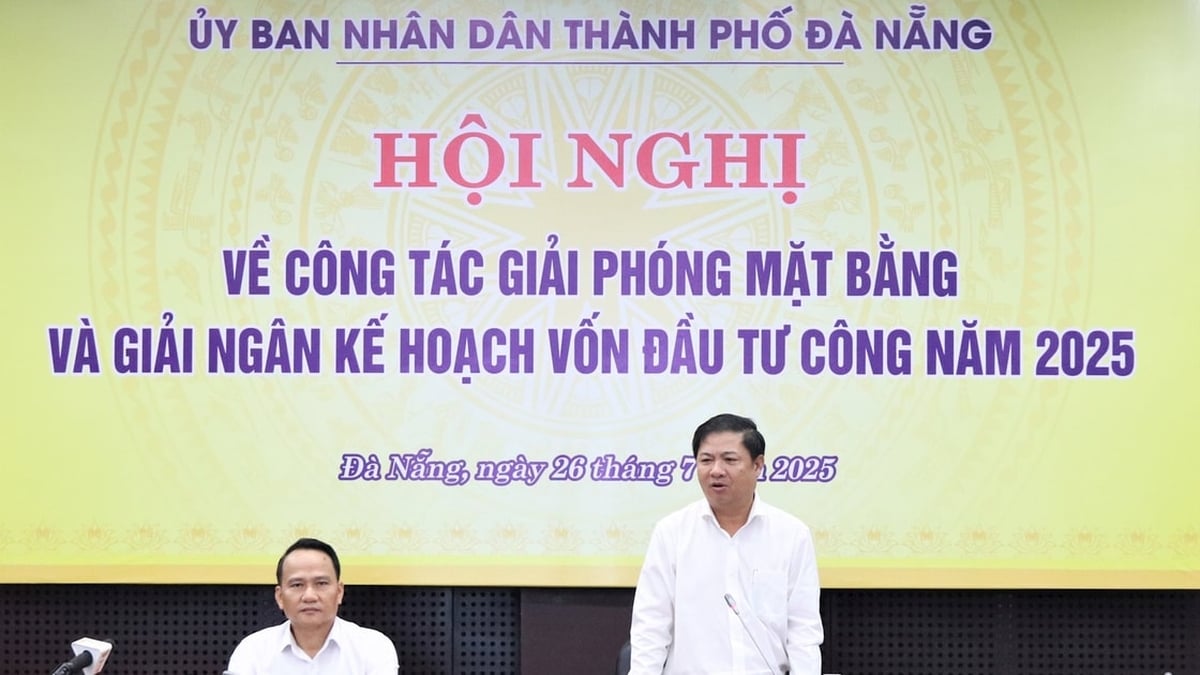
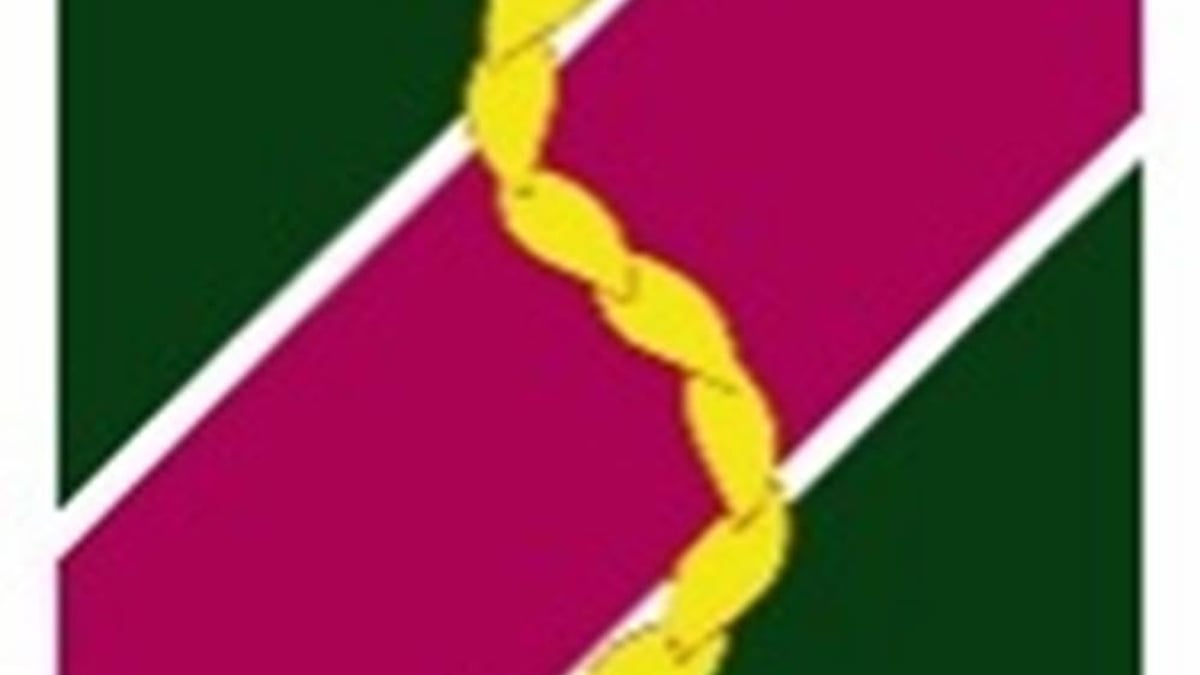

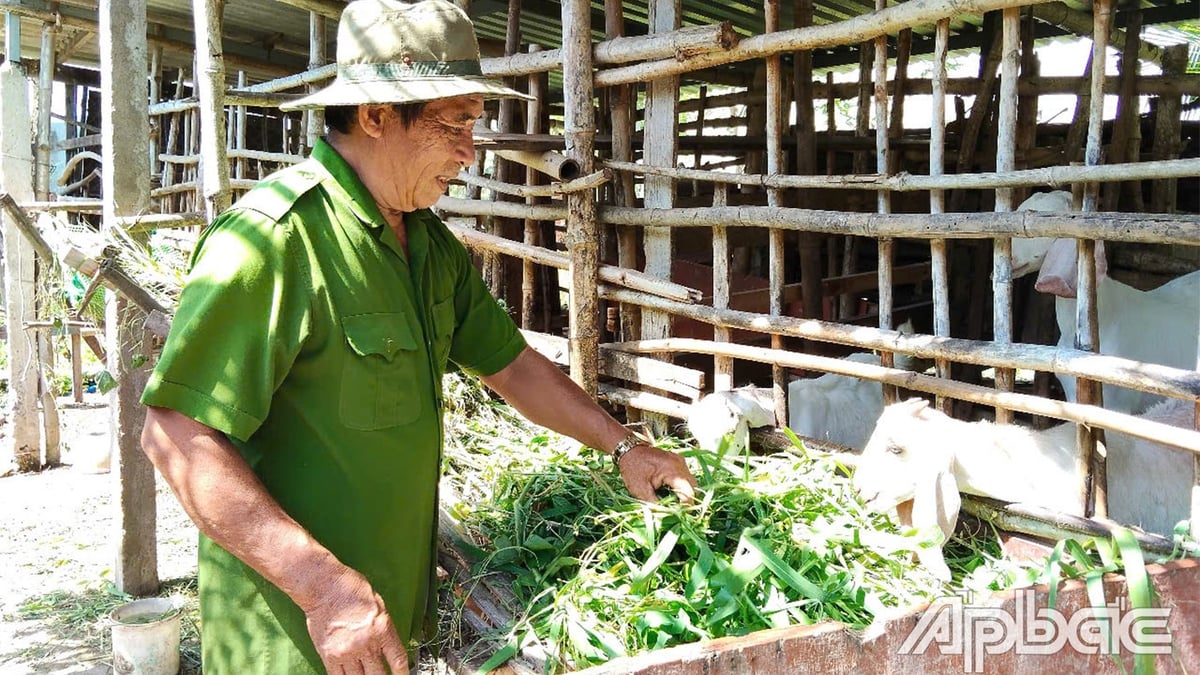
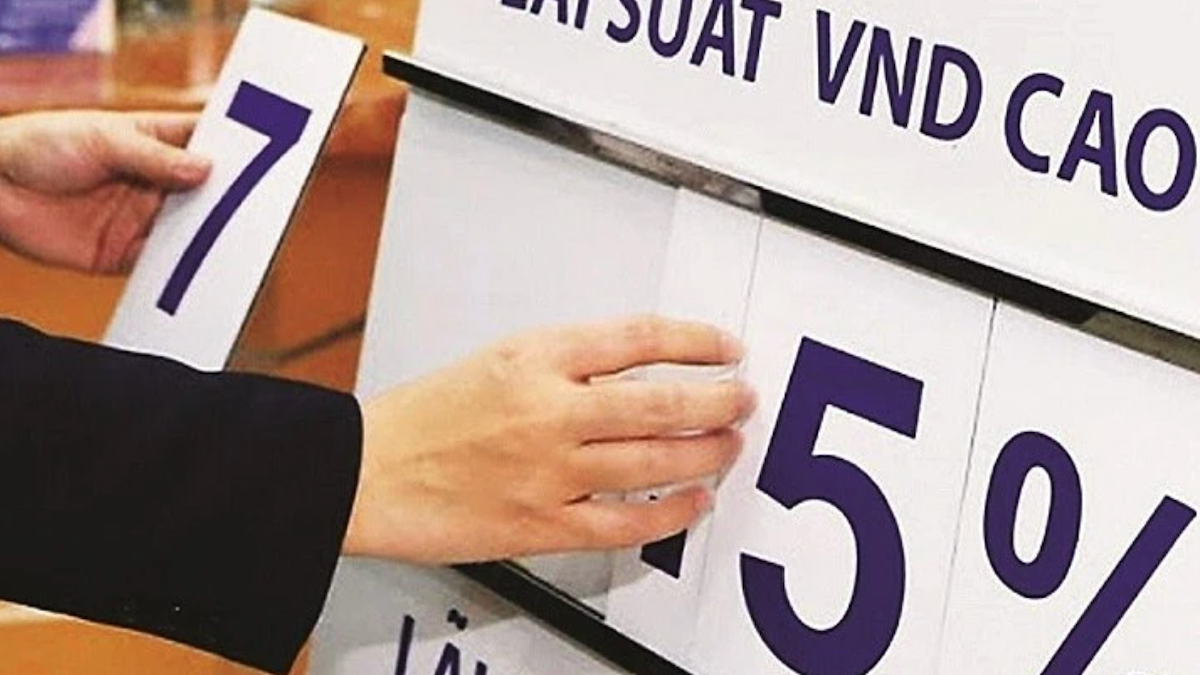
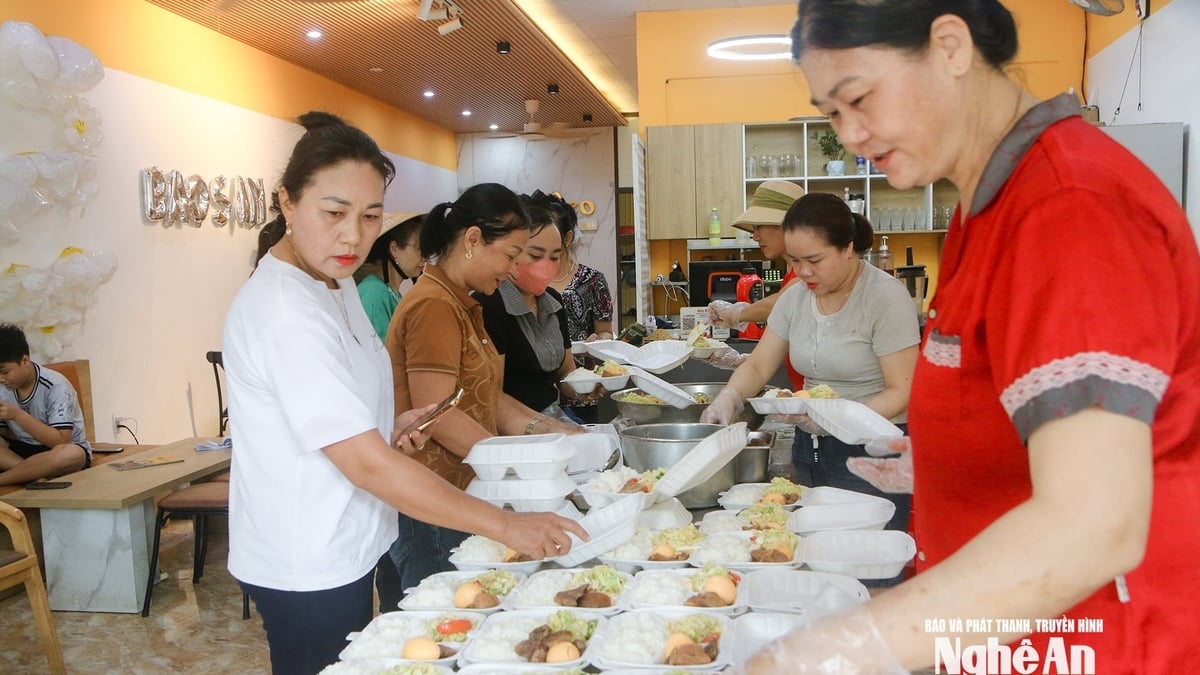

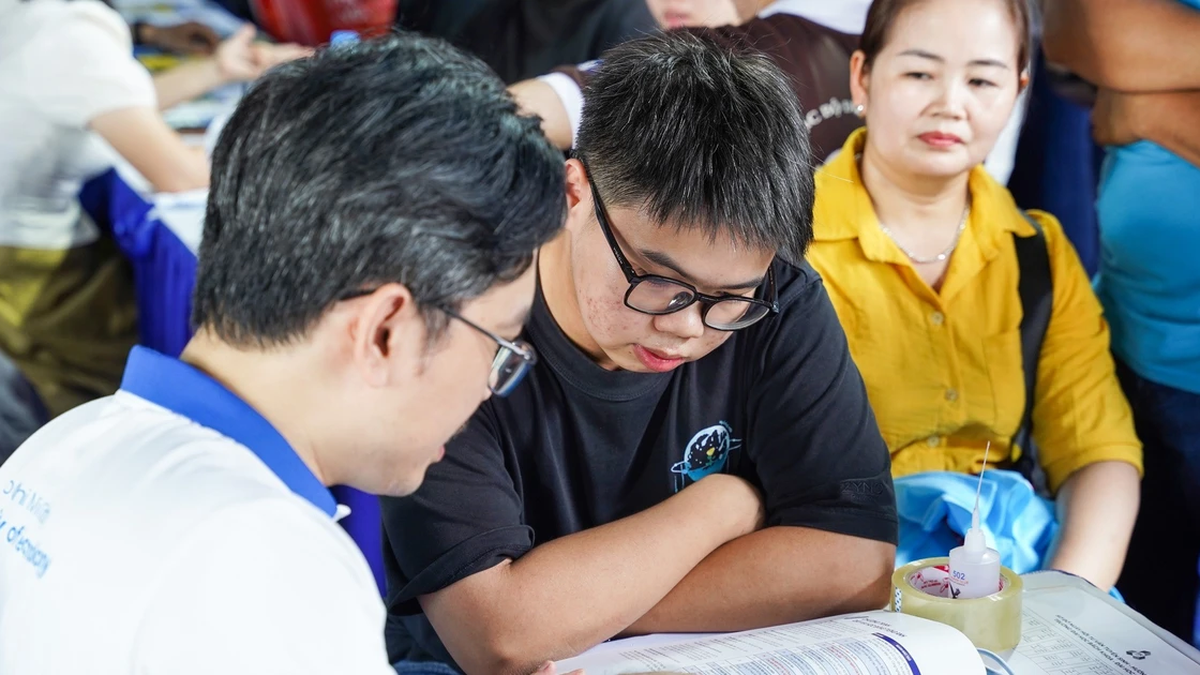













![[Photo] Signing of cooperation between ministries, branches and localities of Vietnam and Senegal](https://vphoto.vietnam.vn/thumb/1200x675/vietnam/resource/IMAGE/2025/7/24/6147c654b0ae4f2793188e982e272651)

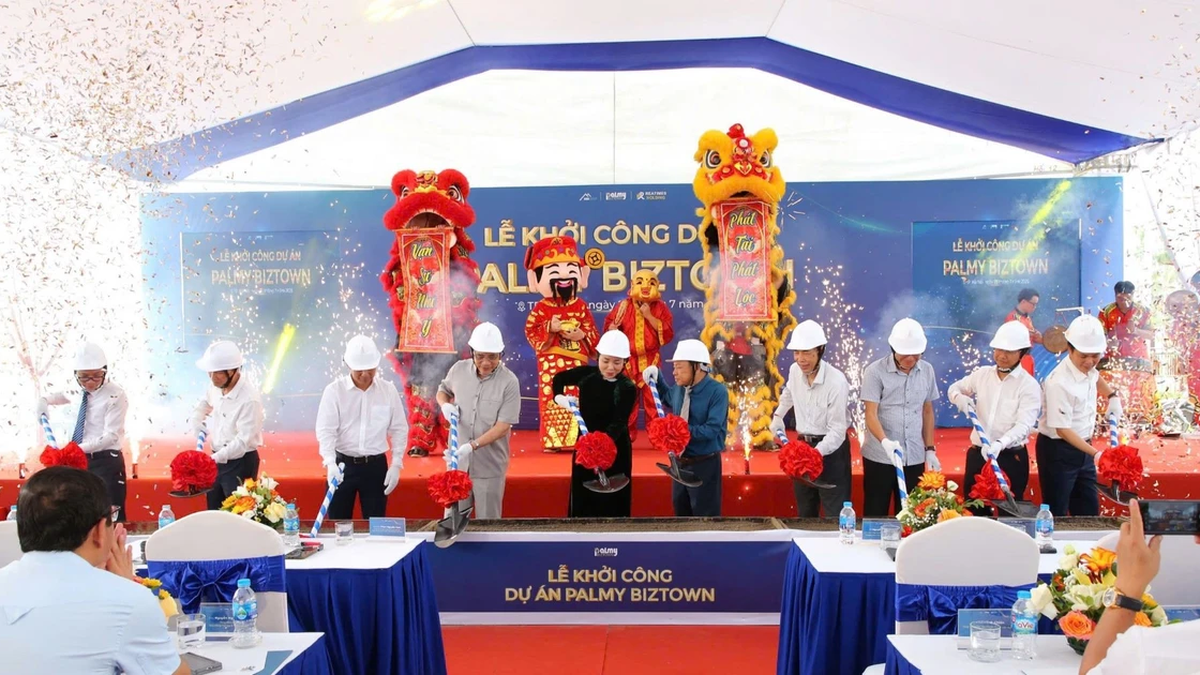
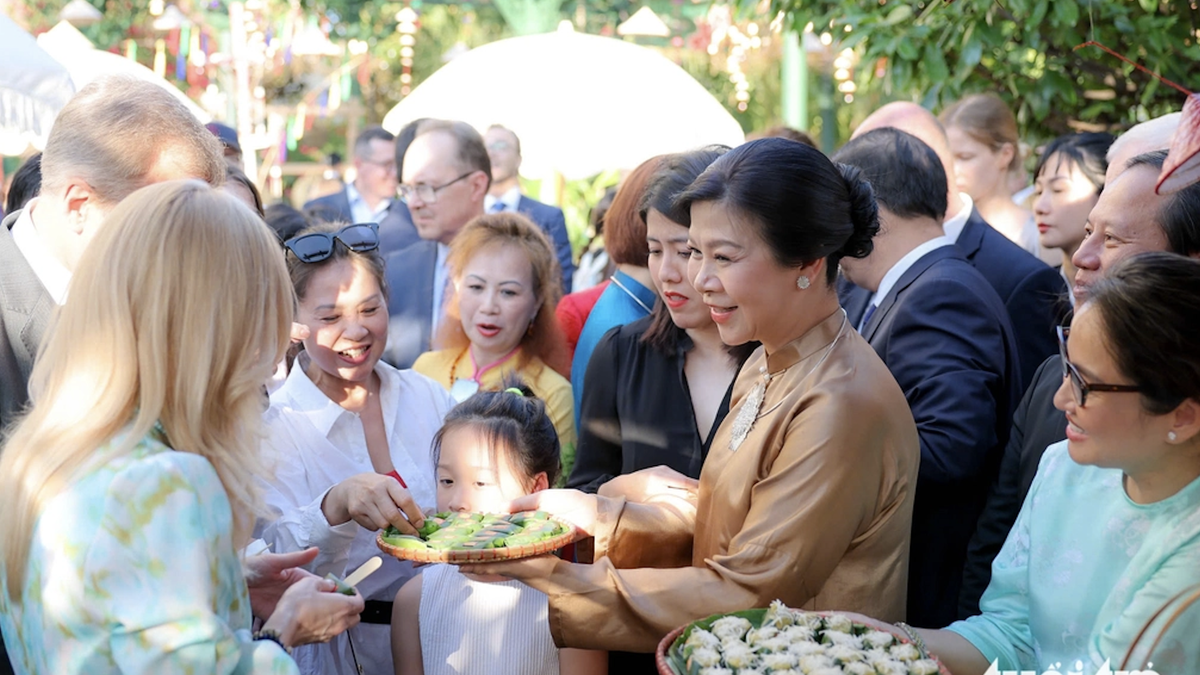


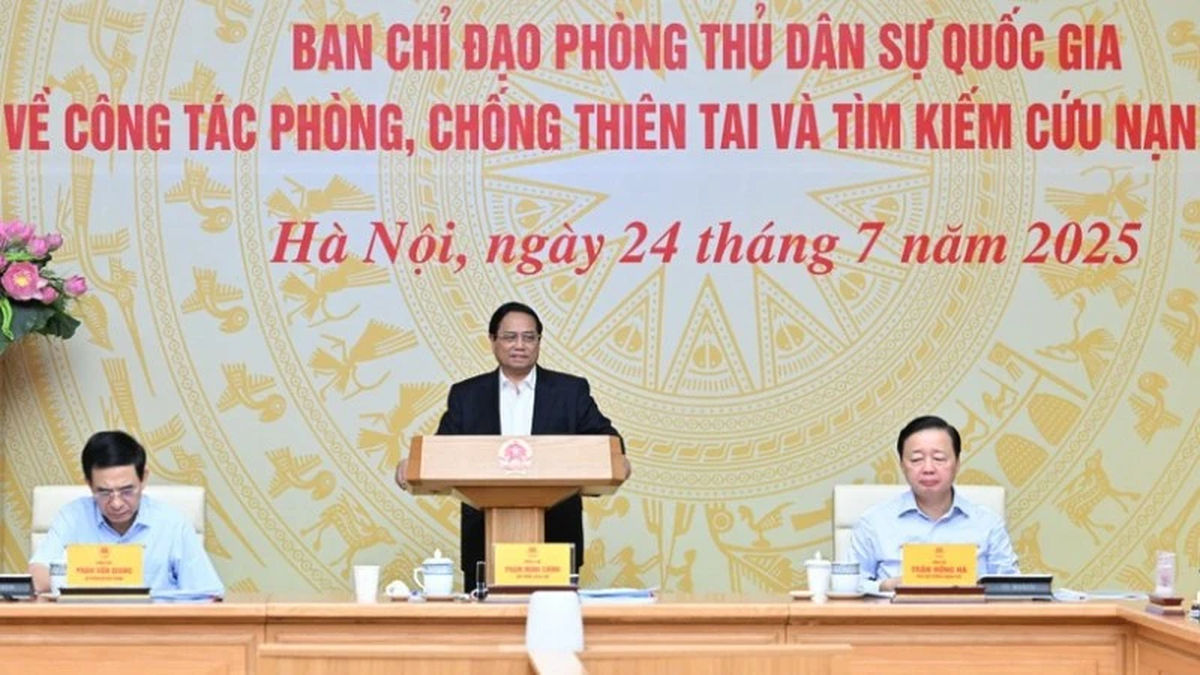

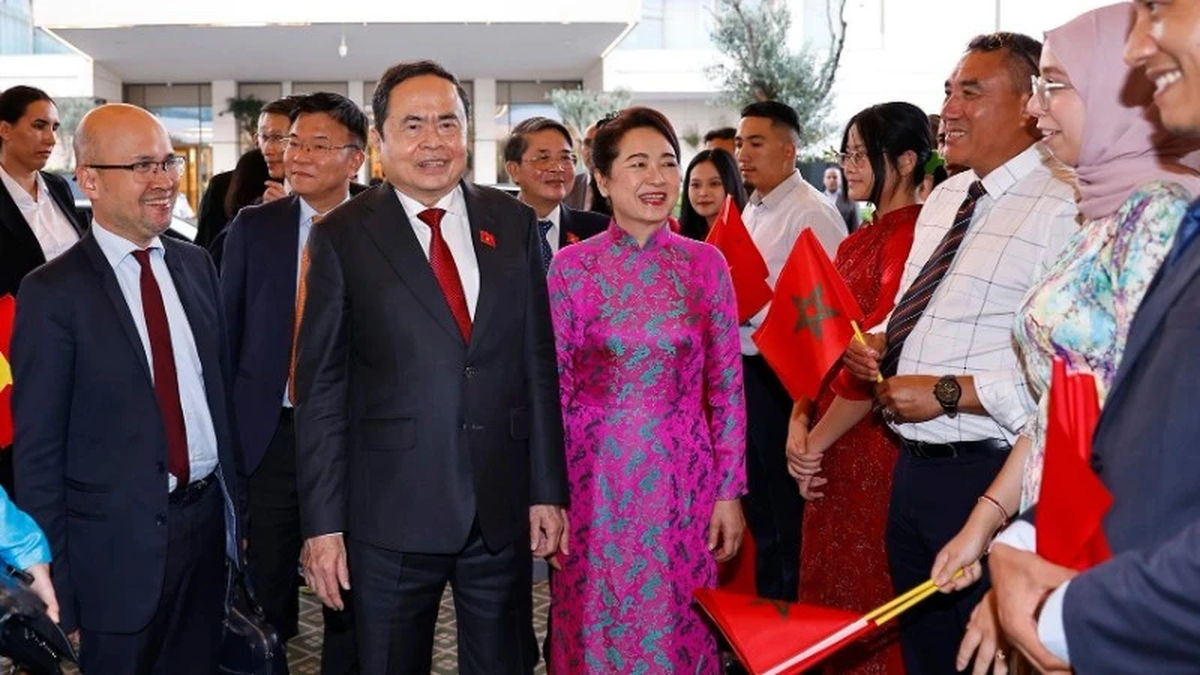


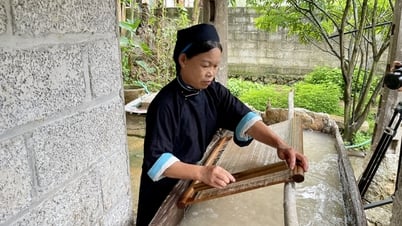

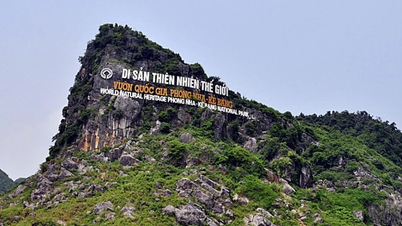

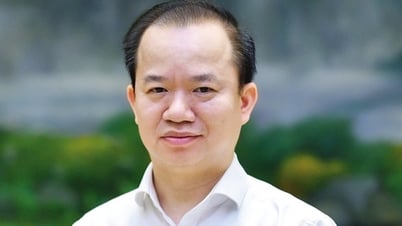

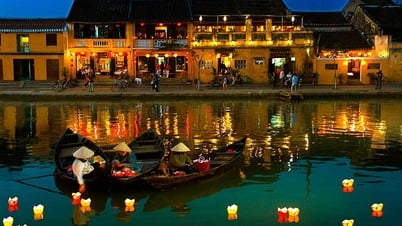

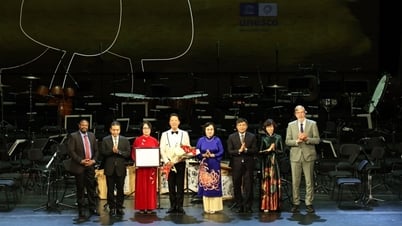

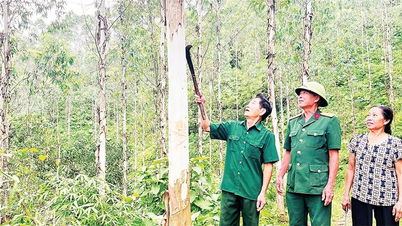


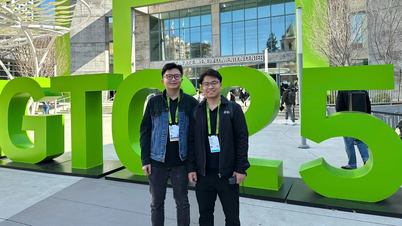
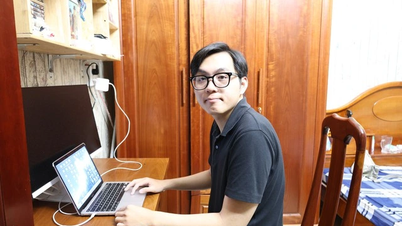
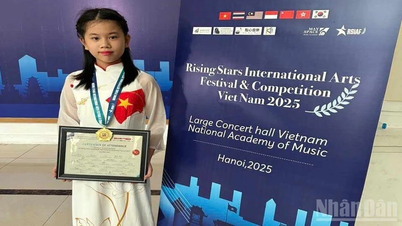
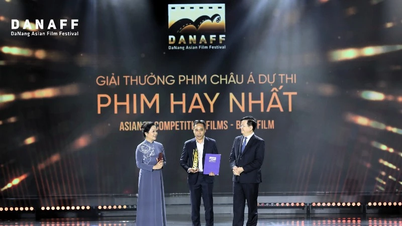
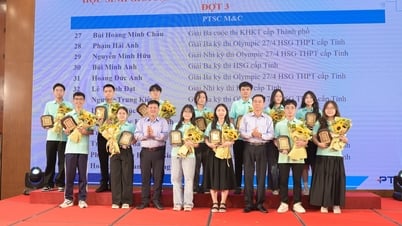









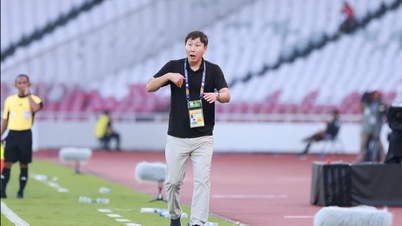




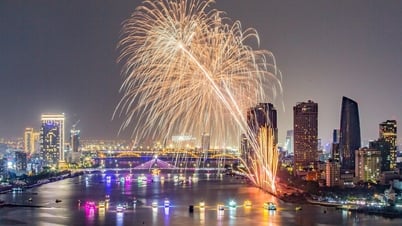
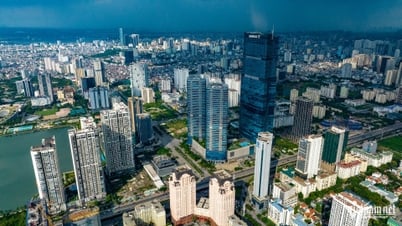
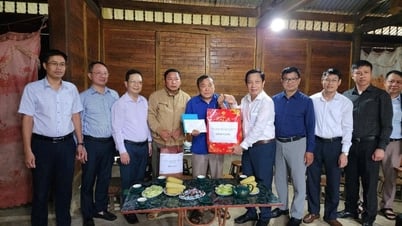



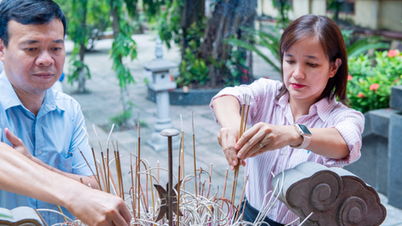
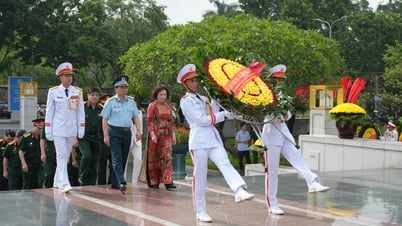
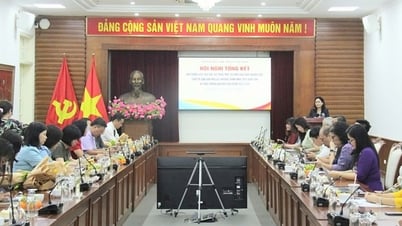






















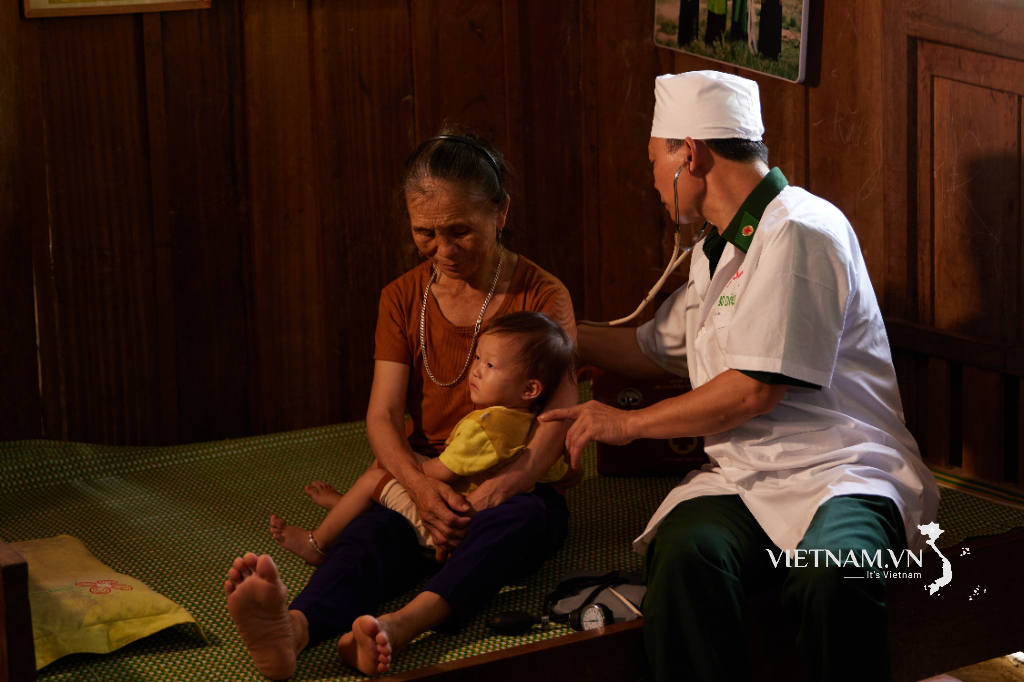
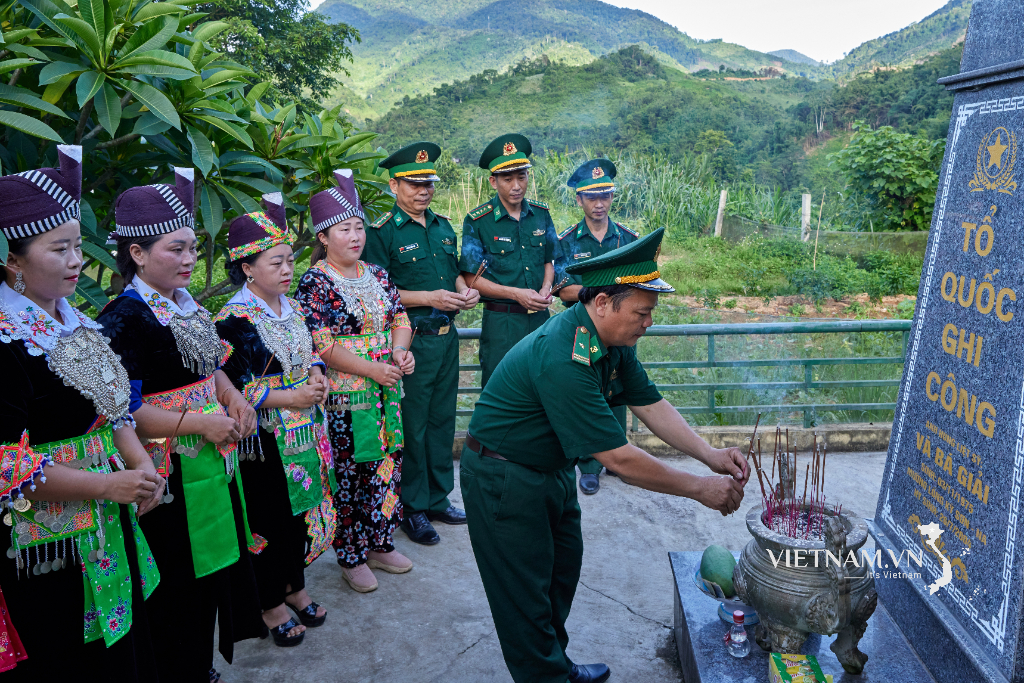

Comment (0)